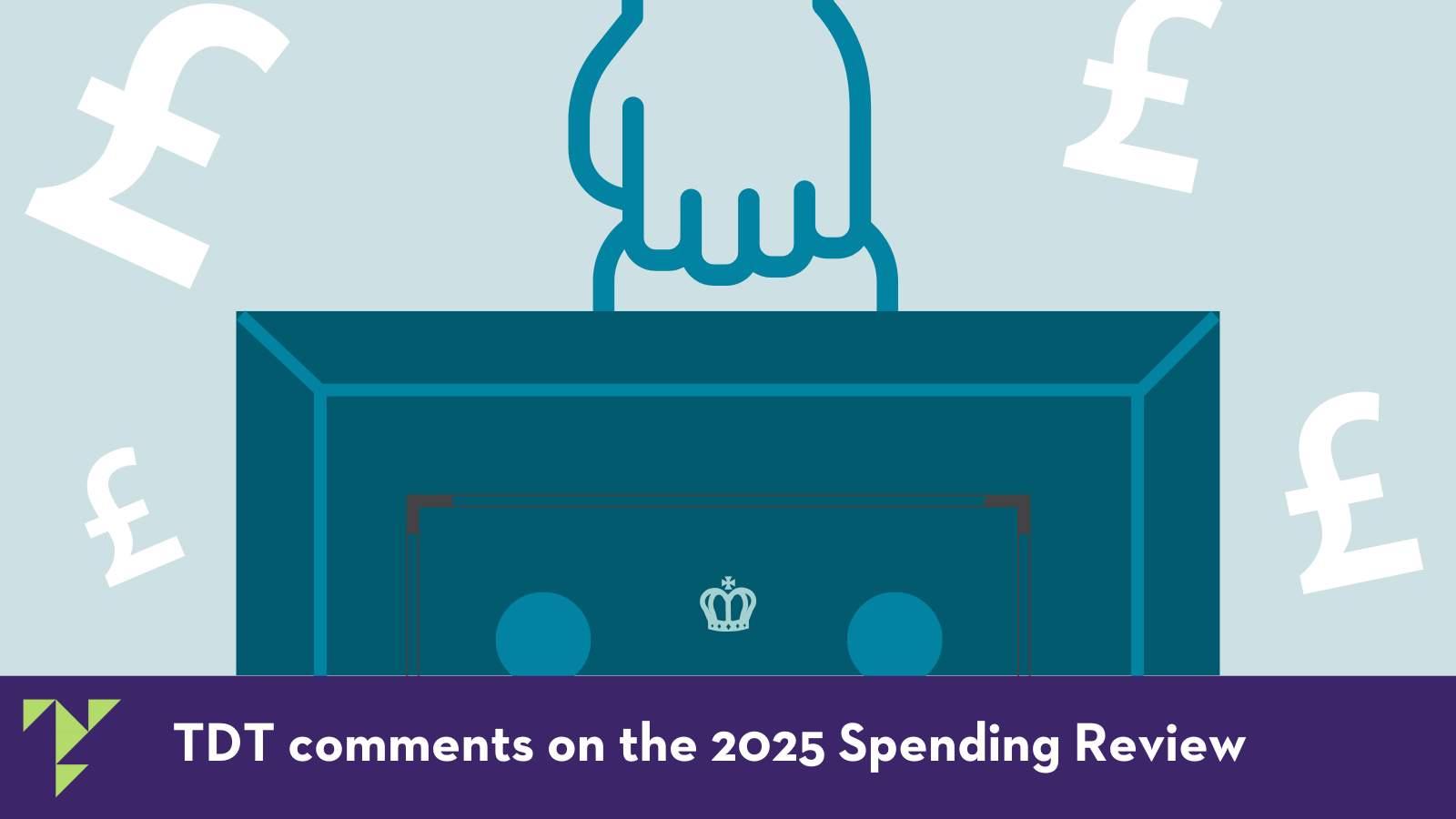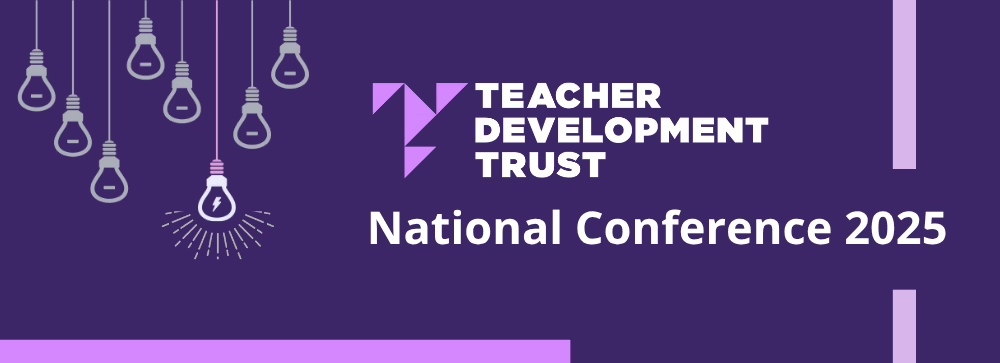Few would envy the Chancellor of the Exchequer, Rachel Reeves, her role since she assumed office. Understanding how best to raise and invest income in a modern economy is an almost impossible task at the most benign of times, and the last few years have been anything but benign. A Spending Review is a chance to set out both a longer-term vision for the country but also an obligation to provide tangible detail on how it will be achieved. It is governing in both poetry and prose.
So what does the Spending Review 2025 mean for schools?
First, it is important to acknowledge the wider context. It is no surprise to see increases in Defence and Trade as the government seeks to respond to the global challenges facing Britain. And significant investments in the NHS and Energy have been much trailed. Against a challenging economic backdrop, investments in one place have to be balanced by savings elsewhere and some departments will clearly be feeling the pinch.
Overall, therefore, Education seems to have come out comparatively unscathed and the headline figures show a modest real-terms increase of 1.4% in both resource and capital budgets. The importance of that achievement should not be underestimated and Bridget Phillipson and her team of ministers and officials will – and should – be feeling reasonably pleased to have secured this settlement. Put plainly, this is better than many people thought was possible and credit has to go to the DfE for that achievement.
The Details
But, as always, the detail reveals a more complex picture:
- The 1.4% increase in real-terms spend won’t be fully felt until the end of the Parliament – 2029-30 – and is measured against the spend in 2023-24. So, although that increase is welcome, head teachers should not expect to feel a big increase in their budgets any time soon.
- Most of the increase is earmarked for specific programmes – expanding free school meals eligibility, for example – and the details of the changes to the SEND system have yet to be announced. So there is limited room for schools to do anything different with their budgets, and we do not know how far this increased investment will come with strings attached linked to future SEND reform.
- The teacher pay deal for this year is only partially funded with schools already expected to find 25% of the increase from their own budgets through efficiency savings.
- The DfE is committing to it’s own efficiency savings of 5%, but with no detail of how these will be realised. Whilst reducing bureaucracy might feel like a positive thing, it rarely comes without additional costs or obligations for others in the system.
- There are also some areas where there is almost no detail. The commitment to recruit another 6,500 teachers – the detail of which is still maddeningly absent from the DfE – it is mentioned only as a statement of aspiration, and key manifesto commitments around a new entitlement to professional development and an Excellence in Leadership programme are not mentioned at all.
Most importantly, the Spending Review 2025 does little to respond to the actual investment needs of schools – is a 1.4% increase sufficient to tackle the issues that teachers and school leaders are facing and to provide an education system that gives children the experience they deserve? That is the question that the Secretary of State for Education, Bridget Phillipson, and her team will need to address with some urgency if school leaders are to feel reassured that this settlement can work for them.
TDT is committed to working with schools, MATs, sector organisations, and the DfE, to help make this modest real-term increase be used as effectively as possible, not least through the ongoing provision of free and low-cost resources to support schools to make the best decisions in the crucial area of professional development.



